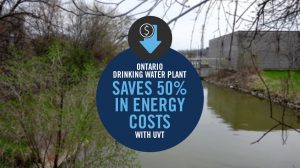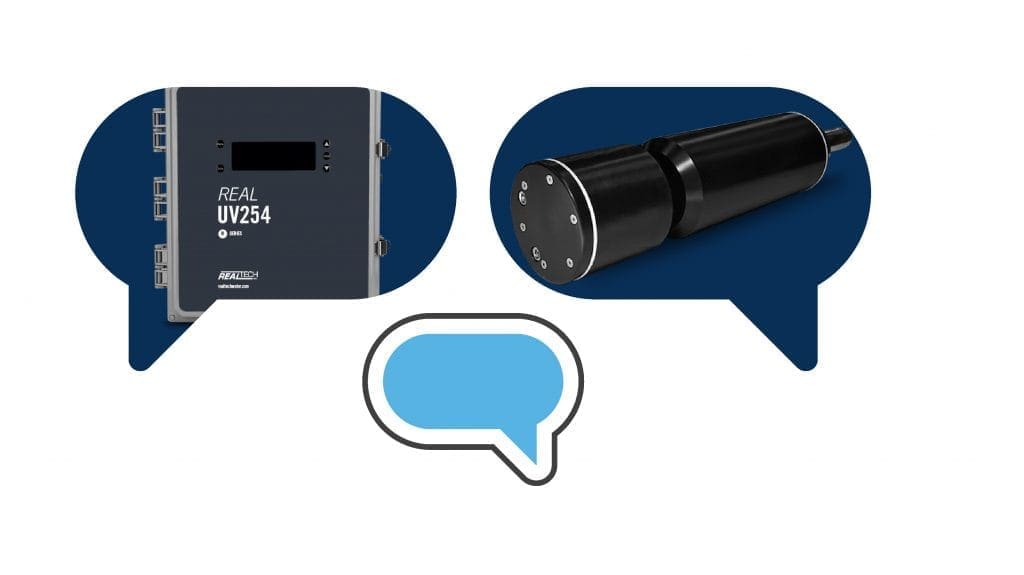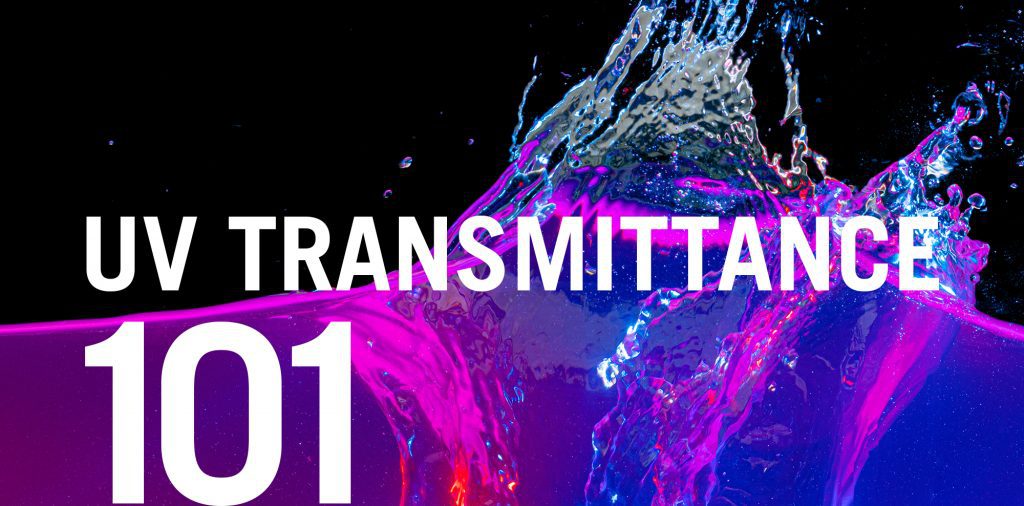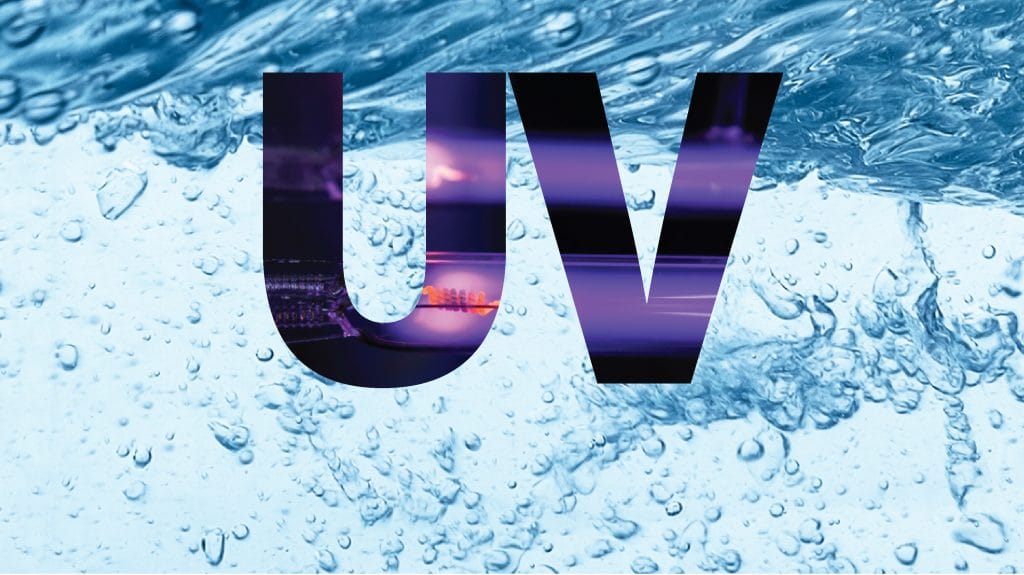 A Water Treatment Plant (WTP) in Ontario, Canada produces high quality, safe drinking water for over 90,000 residence despite a challenging water source. The plant pumps water from the Grand River which spans 300 kilometers from Dufferin County, discharging into the north shores of Lake Erie. The WTP resides in the lower watershed with approximately 21 municipal wastewater treatment facilities upstream, influencing raw water quality at the plant intake. To help manage this unstable water source with high organic matter, the WTP operations team relies on UV254.
A Water Treatment Plant (WTP) in Ontario, Canada produces high quality, safe drinking water for over 90,000 residence despite a challenging water source. The plant pumps water from the Grand River which spans 300 kilometers from Dufferin County, discharging into the north shores of Lake Erie. The WTP resides in the lower watershed with approximately 21 municipal wastewater treatment facilities upstream, influencing raw water quality at the plant intake. To help manage this unstable water source with high organic matter, the WTP operations team relies on UV254.
Background
UV254 is a simple surrogate test to estimate natural organic matter (NOM) or total organic carbon (TOC) concentration in water. Organic matter in the water will react with chlorine to form disinfection by-products (DBPs), specifically trihalomethanes (THMs) and haloacetic acids (HAAs). In addition, organic matter absorbs light at 254 nm and is therefore important to monitor for ultraviolet (UV) disinfection. Understanding the importance of UV254, the operators at the WTP use instrumentation from Real Tech to monitor organics throughout.
Treatment of the raw water consists of screening before the addition of Polyaluminum chloride (PACl) for coagulation and flocculation with an Actiflo® system. Pre-treatment is followed by ozonation and biological filtration, with a multi-barrier approach to disinfection using both chlorination and UV before discharge to the clearwell.
WTP Manages Organics Removal and UV Disinfection Performance with UV254
The operators perform UV254 (UVA) organics testing twice daily with the Real Tech UV254 portable meter at four sampling points in the plant. These grab samples allow the operators to evaluate raw water UVA concentration as well as the effluent UVA concentration of each treatment process. In doing so, the team has identified the systems capacity to remove organics under ideal operating conditions. On average, a 50% UVA removal can be achieved with the coagulation/flocculation process and an additional ~20-30% UVA removal is obtained from the ozonation/biological filtration process.
The plant has also installed a real-time UV254 analyzer from Real Tech prior to UV disinfection that serves two key purposes. The first is for UV transmittance monitoring (UVT) that enables the plant to perform real-time dose calculations to flow pace. This provides an approximate 50% reduction in power usage in comparison to operating without flow pacing. Secondly, the analyzer provides the operators with real-time insights on organics concentration prior to chlorination.
Ensuring Compliance for DBPs
Ontario Drinking Water Standards regulate total THM levels to 100 ug/L calculated as a running average. To limit the formation potential of THMs, an effluent UV254 set point of 0.08 UVA in the summer and 0.10 UVA in the winter has been established based on past historical trending between UV254 and THMs. Monitoring the finished water UVA allows the plant to make adjustments to optimize coagulant dose for organics removal. If the raw water organics concentration is low, resulting in a finished UVA well below the 0.08 or 0.1 set point, the operator can decrease the PACl dose to save on chemical costs. Alternatively, finished water UVA approaching the set points would require an increase in PACl dose to enhance organics removal.
Simple and Reliable UV254 Drinking Water Solutions
The simplicity and reliability of the Real Tech UV254 drinking water instruments make optimizing the process for organics removal practical for the operators. Having monitored UVA for several years, the team is able to make PACl dose adjustments to optimize UVA removal while ensuring goals for turbidity and pH are also achieved. Thanks to a progressive, forward thinking operations team, the WTP consistently meets Ontario Drinking Water standards for DBPs and produces high quality, safe drinking water for consumers.



